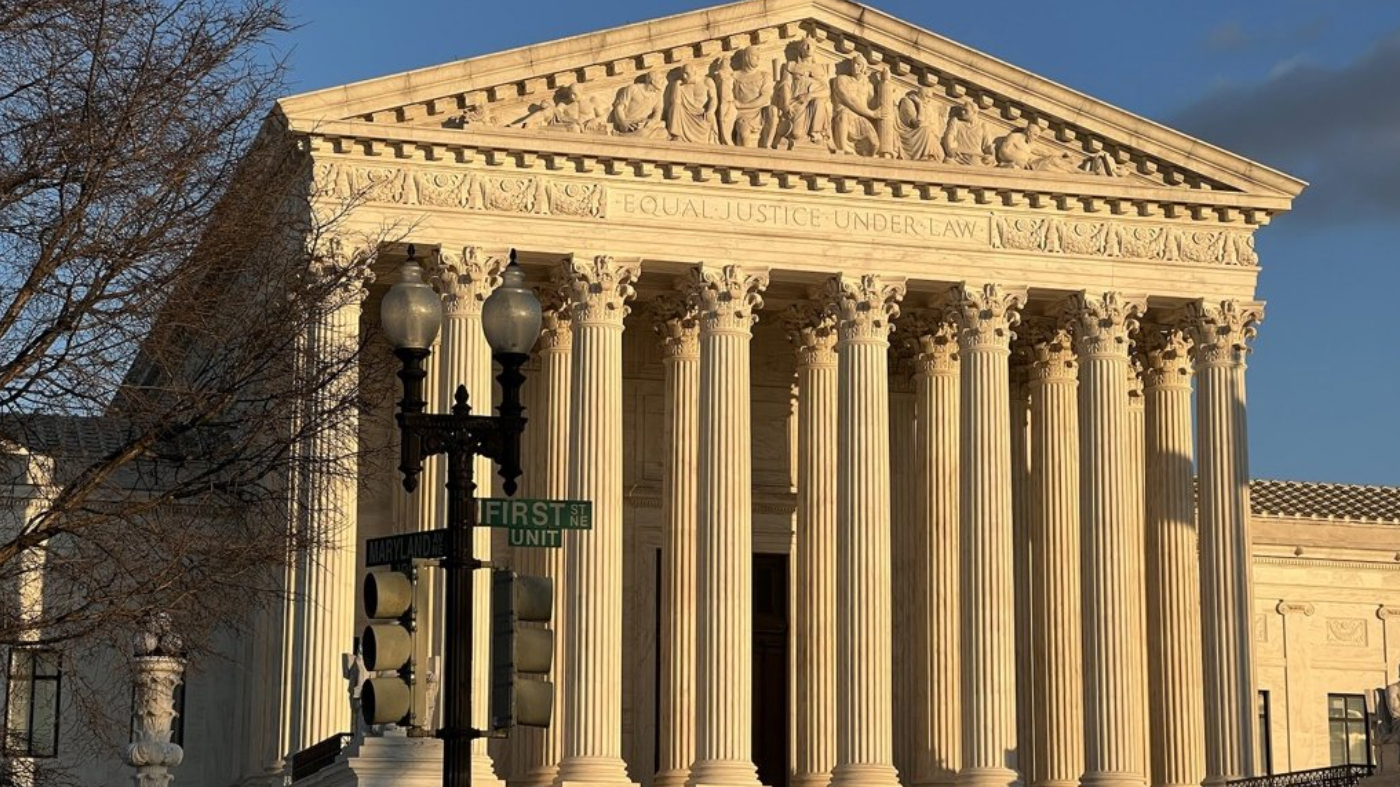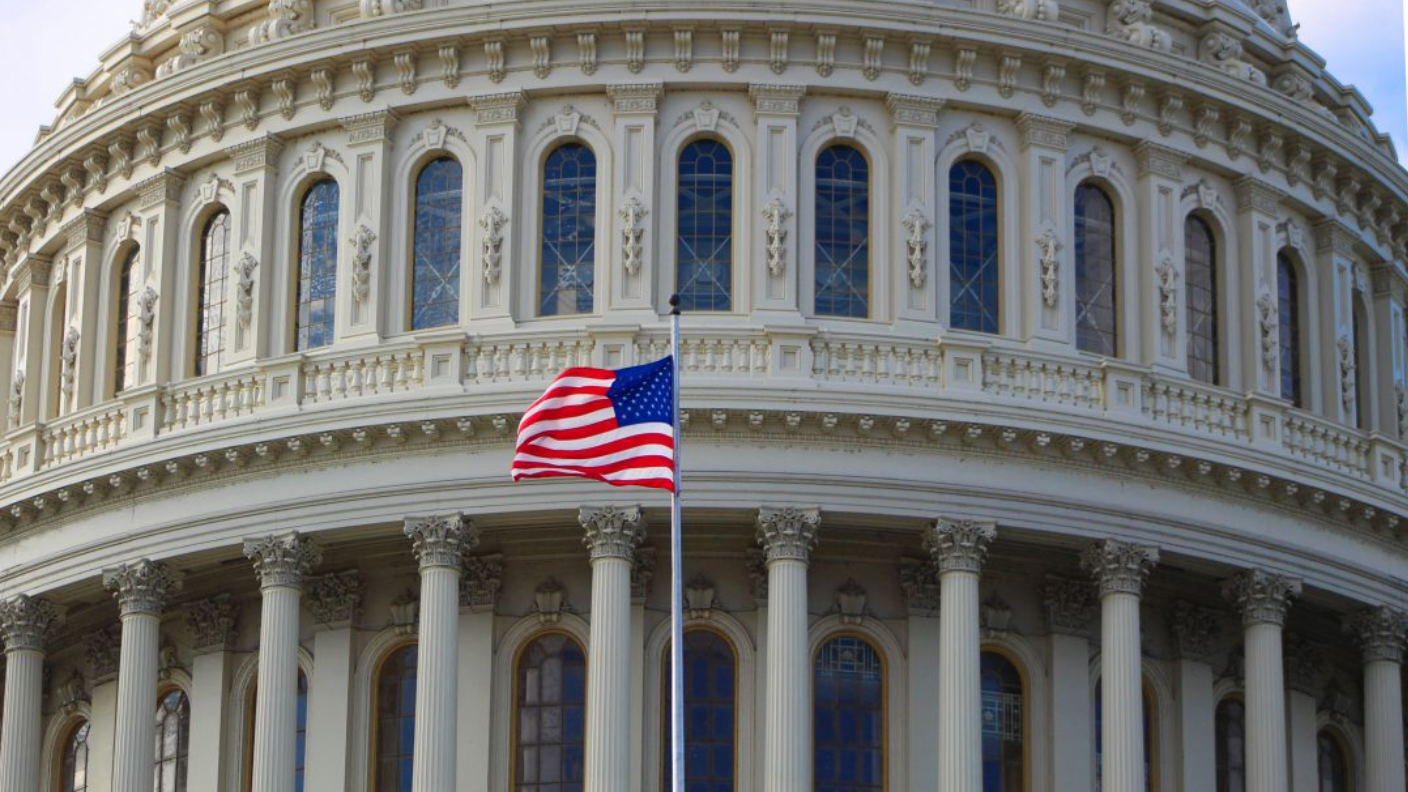"Nothing about us without us.”
Chanting as they stormed the stage at the University of Oregon (UO) in 2017, dozens of activists from the UO Student Collective shut down then-UO President Michael H. Schill’s State of the University Address before it began.
In response, Schill penned an op-ed in The New York Times saying that while he respected student protests, blocking him and his speech worked against the University’s mission to promote open discourse.
“As with any important discussion, emotions can run high,” Schill wrote in his op-ed. “But the only way to create change is to grapple with difficult issues. Nothing can be gained by shutting them out.”
But for protestors like former UO student Elaina Colussi, shutting down Schill was a path to catharsis for students.
“Schill really made us all feel voiceless,” Colussi says. “The president’s office is the place that should be the voice for students. What else are you supposed to do except listen to everyone and then implement change?”
During his seven years as president of UO, Schill grappled with student protests, Title IX violations, faculty and graduate worker contract negotiations and more. In September, Schill began his tenure as Northwestern University’s 17th president.
Colussi’s perspective on the president’s office raises the question of what exactly a university president does and what community members — students, faculty and more — expect from the office. Schill understands this question well and discussed his role in an exclusive interview with North by Northwestern.
“My main thing is I may make a decision that people like, they agree with. I may make decisions that people don’t like,” Schill says. “But what I’m going to be is transparent, and I’m going to tell people what I’m doing, and I’m going to give them reasons for what I’m doing.”
Read the full story at northbynorthwestern.com.









